From a surprising seafood to the vegetable with 300 per cent of your daily needs, the clever hacks to load up on vitamin C
We love vitamin C, it seems – it’s one of the most bought supplements in Britain (third after vitamin D and multivitamins), according to a recent survey by The Grocer magazine.
Vitamin C is mainly found in fruits and vegetables and is an antioxidant. That is, it helps protect our cells from damage by neutralizing harmful molecules that are a byproduct of our metabolism, as well as environmental factors such as pollution.
Vitamin C also helps maintain our bones, cartilage, skin and blood vessels and plays a key role in wound healing and immunity. Some research suggests it may also play a crucial role in keeping depression at bay, improving cardiovascular health and slowing cognitive decline as we age.
A study in the British Journal of Nutrition found that people who ate vitamin C-rich kiwifruit showed better improvements in their mood, sleep and activity levels than participants who took supplements.
Vitamin C is not produced or stored by the body, so we need it daily. But supplements may not be the best way to get it.
A recent study in the British Journal of Nutrition, which compared the effects on mood, sleep and activity levels in people who were given vitamin C-rich kiwifruit every day, supplements or a placebo, found that those who ate the kiwi reported most improvements in only four cases. to dawn. The people taking supplements experienced only marginal mood improvements until day 12, when their vitamin C was at optimal levels.
‘It’s always better to get your vitamin C from food sources as you’ll also get a whole range of other beneficial nutrients such as fibre, vitamins, minerals and plant chemicals that you won’t find in a supplement,’ says dietitian Clare Thornton. Wood, a spokesman for the British Dietetic Association.
In Britain, the recommended dietary allowance (RDA) for adults is 40 mg of vitamin C per day, which you can get by eating a large orange.
This level was established in the 1940s based on the findings of a British study aimed at determining the minimum amount of vitamin C that a wartime population needed to prevent scurvy.
Some experts believe that the RDA of vitamin C should now be as much as 200 mg per day for real health benefits. “In the US, the RDA is 90 mg for men and 75 mg for women – significantly higher than ours,” says Nichola Ludlam-Raine, a dietitian and founder of nicsnutrition.com.
‘Because it is water-soluble, excess vitamin C that is not needed is removed through the urine.’
Taking too much (according to the NHS, up to 1,000 mg per day is unlikely to cause harm) in supplement form can cause stomach pain, diarrhea and flatulence in some people and has been linked to the development of kidney stones.
It’s not just about the food we eat; how we prepare them also matters. For example, when a vitamin C-rich food is cooked, as much as 50 percent of the vitamin content can be lost, says Nichola Ludlam-Raine.
“For optimal nutrient retention, choose fresh, frozen, or canned produce,” she adds. This is because frozen and canned fruits and vegetables are often stored soon after harvest. Just avoid anything in salt water or sugary syrups.
She adds: ‘Avoid cooking or baking fruit and vegetables and use methods that limit contact with heat and water, such as stir-frying or steaming.’
To find the vitamin C you need, use our guide to some of the best – often surprising – sources.
Chestnuts
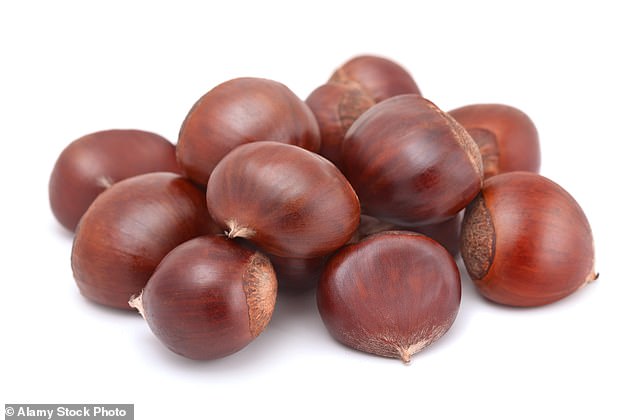
50 g, 13 mg vitamin C. 33% of the recommended daily allowance.
Nuts typically don’t provide much vitamin C, but chestnuts are the notable exception.
They are also rich in gallic acid and ellagic acid – two anti-inflammatory substances that increase in concentration during cooking. Fresh in season, or canned or vacuum-packed versions, can be used in fillings, sauces or roasted and sprinkled on salads.
Try chestnut flour (which is gluten-free) for baking and thickening soups and stews
Spam Lite
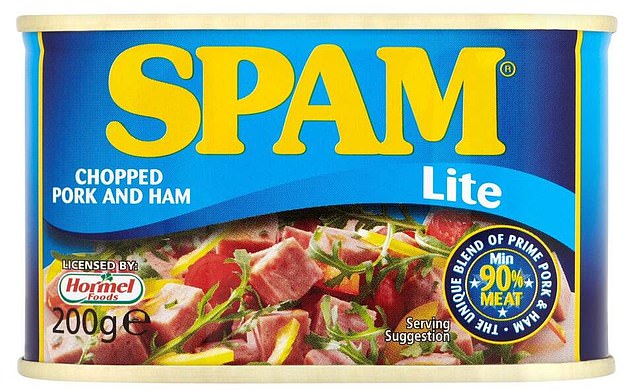
50 g, 19.25 mg vitamin C. 48% of the recommended daily allowance.
The antioxidant properties of vitamin C make it an excellent preservative, so you’ll often find generous amounts of it (often referred to as sodium ascorbate) in canned meat products like Spam and other types of luncheon meat or ham, where it helps to maintain the pink color of the meat. retain. and prevents the formation of carcinogenic nitrites.
Red meat is also a good source of protein, but eating too much is linked to colon cancer. That is why the NHS recommends limiting this to 70 grams of red and/or processed meat per day.
Yellow bell pepper
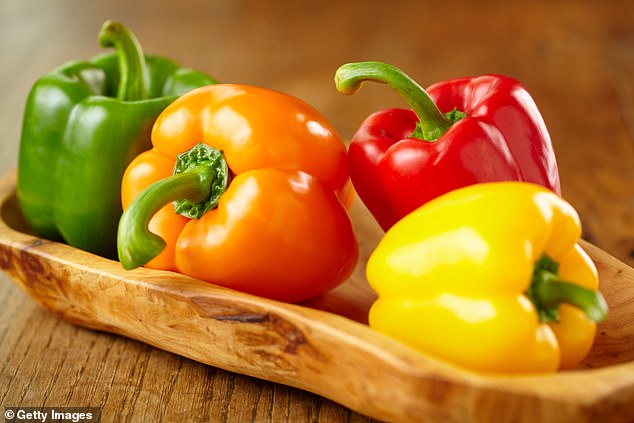
Half a pepper, 122 mg vitamin C. 305% of the recommended daily allowance.
Peppers are one of the richest sources of vitamin C, but the content varies depending on the color. Half a green pepper provides approximately 53 mg of vitamin C; half a red pepper, 94 mg; half an orange pepper, 105 mg – but half a yellow pepper gives you a whopping 122 mg of vitamin C, three times your RDA.
It is also a good source of intestinal-friendly fiber and vitamin A (for vision). Eat as a raw vegetable with hummus; or pitted, fill with rice and bake.
Fresh lemonade
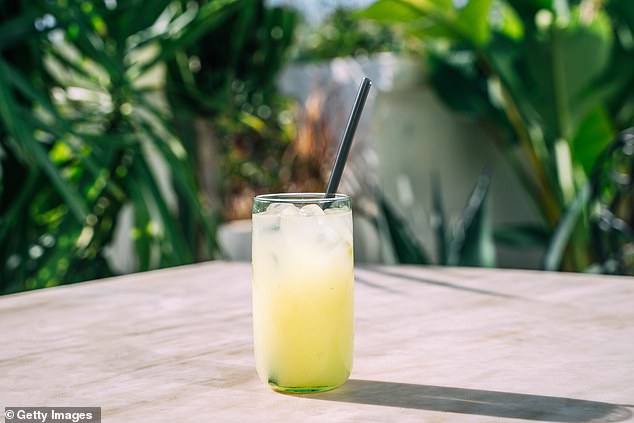
200 ml, 17.8 mg vitamin C. 45% of the recommended daily allowance.
Citrus fruits are packed with vitamin C and their juices provide a concentrated source. The vitamin C content can vary depending on how the fruit has been processed and how long the drink has been on the shelf.
For the highest vitamin C content, try homemade lemonade (with lemon juice, water and a little sugar), or look for freshly squeezed lemonade at grocery stores and drink it within a few days of opening.
The acidic and natural sugars in lemon juice can be harmful to teeth, so drink water afterwards.
Tomato soup
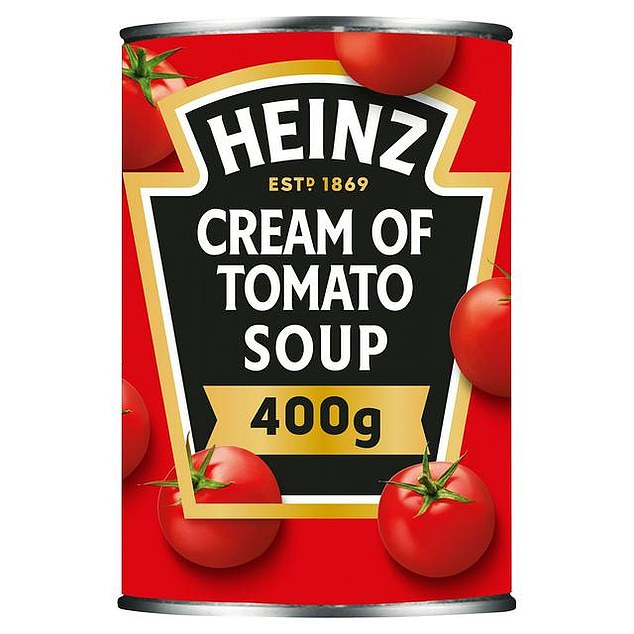
200 g bowl, 15.6 mg vitamin C. 39% of the recommended daily allowance.
Tomatoes – canned or fresh – provide useful amounts of vitamin C. Add roasted red peppers to your own recipe to boost vitamin C levels, and beans or lentils for extra fiber.
The vitamin C from the tomatoes also helps your body absorb the iron in the beans and legumes.
Processed tomatoes are an especially good source of lycopene, a plant pigment with powerful antioxidant properties, and a bowl of tomato soup also counts as one of your five daily meals.
Mussels
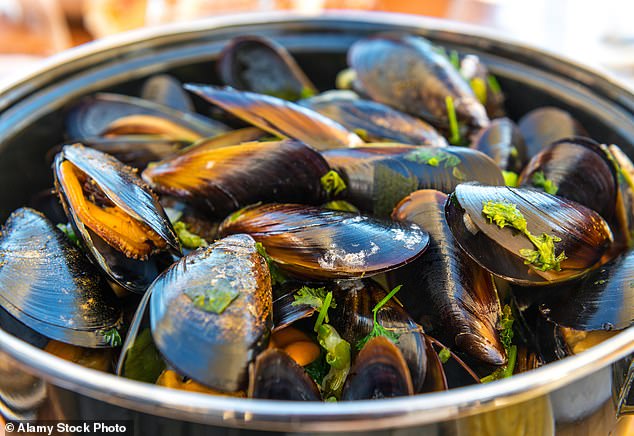
75 g, 10 mg vitamin C. 25% of the recommended daily allowance.
It’s rare for protein foods to be a source of vitamin C, but mussels, clams and oysters are exceptions. A 75 gram serving (a small bowl) of mussels provides 10 mg of vitamin C, which is higher per gram than some fruits.
Shellfish are also a good source of heart-friendly omega-3 fatty acids and zinc, which are necessary for skin health and are thought to work with vitamin C to support the immune system.
Baobab powder
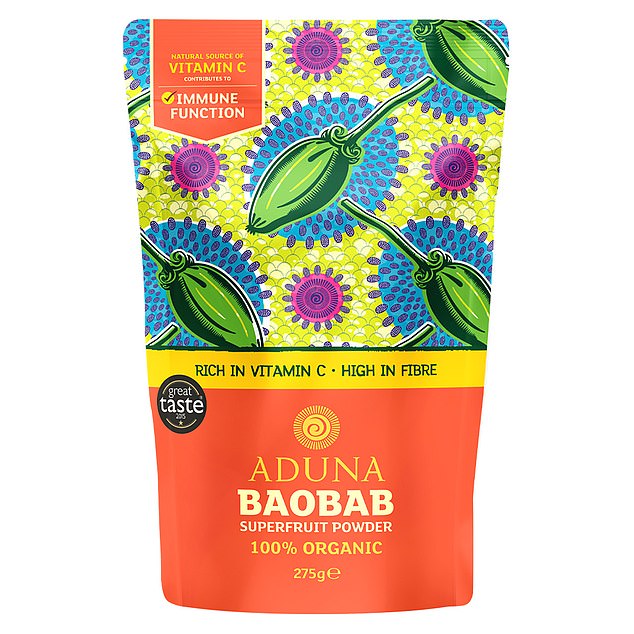
2 teaspoons, 26.6 mg vitamin C. 67% of the recommended daily allowance.
This ‘superfood’ – available in major supermarkets – is made from the fruit of the baobab tree, which grows in Africa and Australia.
Research shows that baobab has a high vitamin C content and is a good source of bone-strengthening calcium and magnesium, plus iron. The dried baobab fruit is ground into a powder, which consists of almost 50 percent intestinal-friendly fibers.
The citrus powder can be blended into smoothies, sprinkled over porridge and yoghurt, or stirred into stews and curries.
Cauliflower Rice
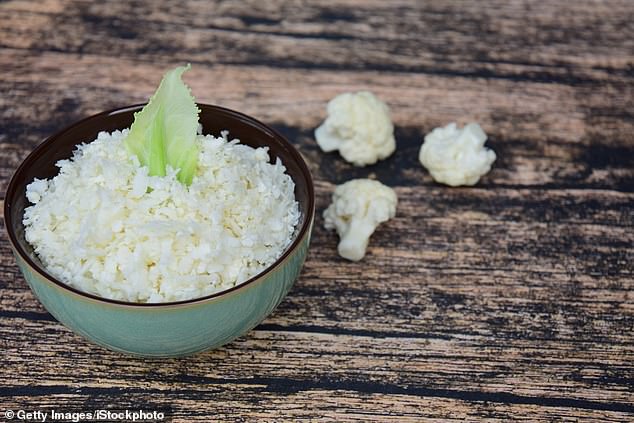
125 g, 50 mg vitamin C. 125% of the recommended daily allowance.
Cruciferous vegetables such as cauliflower, broccoli, Brussels sprouts and cabbage are excellent sources of vitamin C.
Cauliflower rice is an easy way to incorporate vegetables into meals. Make your own by grating raw florets, or buy ready-made cauliflower rice available at most supermarkets.
Fry or steam in a covered pan for five minutes to cook – and serve instead of plain rice or mashed potatoes. One serving is low in calories and provides 6 percent of your daily fiber.
Fried red potato
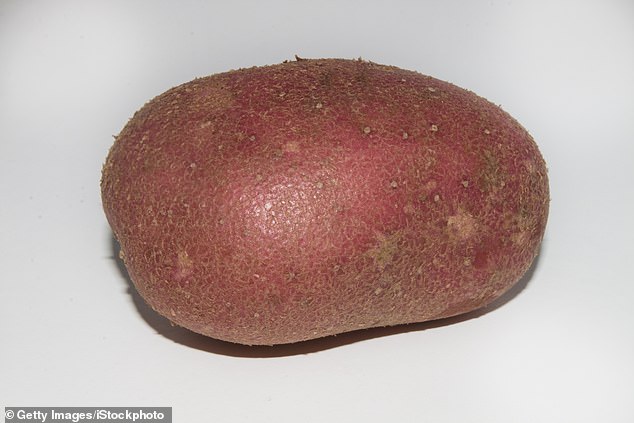
One potato, 16.6 mg vitamin C. 42% of the recommended daily amount.
Potatoes that have been peeled before being boiled, baked or baked can lose up to 45 percent of their vitamin C during cooking; unpeeled, baked potatoes lose about 7 percent. Make sure you eat the skin to get as much vitamin C as possible.
The skin of some potatoes, especially those with brightly colored red or purple skin, has been found to contain up to twelve times more antioxidant nutrients such as vitamin C than the flesh.
Mango sorbet
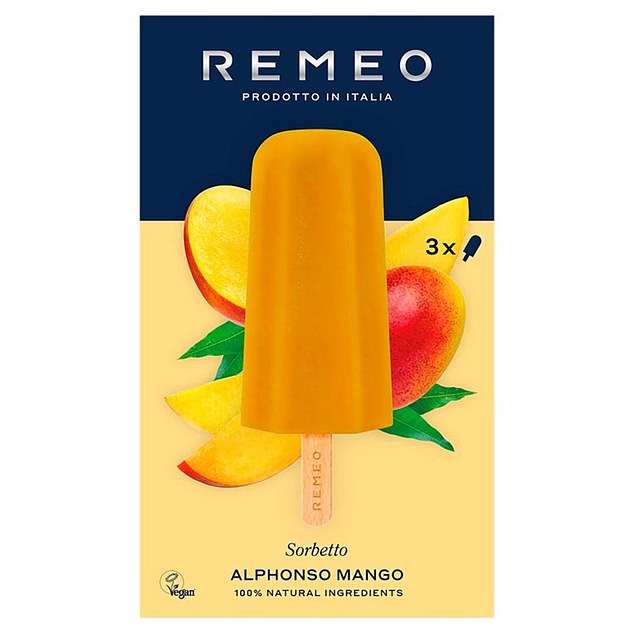
125 g, 19.25 mg vitamin C. 49% of the recommended daily allowance.
Freezing has been shown to be an efficient way to maintain vitamin C levels in fruit and vegetables – a fresh fruit sorbet or fruit puree lollipop can make a useful contribution to your daily vitamin C intake – and counts towards your five per day.
Look for citrus fruits, mangoes and berries, all of which are particularly good sources of vitamin C.
Because the fruit is pureed or juiced (and often contains sugar), it is best eaten as part of a meal or kept as a snack.
